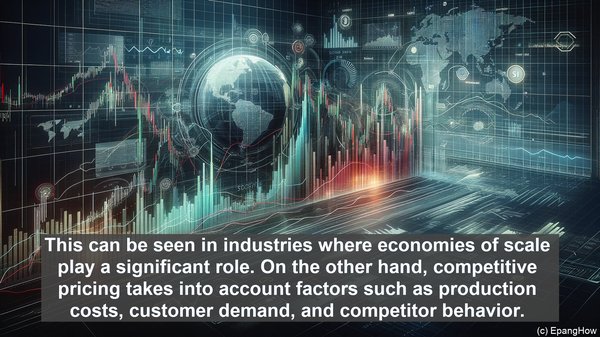Introduction: The Pricing Landscape
Hello everyone, and welcome to today’s article! In the dynamic world of commerce, pricing is a critical aspect that can make or break a business. While there are various pricing strategies, two prominent ones are predatory pricing and competitive pricing. Often used in different contexts, these strategies have distinct objectives and implications. Today, we’ll explore the differences between them, shedding light on their significance in the market. So, let’s dive in!
Predatory Pricing: The Aggressive Approach
Predatory pricing, as the name suggests, involves a business setting its prices at an exceptionally low level. The primary objective here is not to maximize immediate profits, but rather to eliminate or weaken competitors. By offering products or services at a price that is below the cost of production, a company employing predatory pricing aims to drive competitors out of the market. This can create a monopolistic or dominant position for the predatory firm in the long run. However, it’s crucial to note that predatory pricing is often subject to legal scrutiny, as it can be seen as anti-competitive behavior.

Competitive Pricing: Striking a Balance
In contrast to predatory pricing, competitive pricing is a more balanced approach. Here, a business sets its prices based on the prevailing market rates, taking into account factors such as production costs, demand, and competitor prices. The goal is to offer a product or service at a price that is attractive to customers while still ensuring profitability. Competitive pricing acknowledges the presence of other players in the market and aims to position the business favorably without resorting to aggressive tactics. It fosters healthy competition and can lead to a more diverse and vibrant marketplace.
Factors Influencing Pricing Decisions
Both predatory pricing and competitive pricing are influenced by various factors. For predatory pricing, the key driver is often the desire to eliminate competition and establish market dominance. This can be seen in industries where economies of scale play a significant role. On the other hand, competitive pricing takes into account factors such as production costs, customer demand, and competitor behavior. It’s a more dynamic approach that requires continuous monitoring and adjustment to stay relevant in the market.

Implications for Businesses and Consumers
The implications of predatory pricing and competitive pricing extend beyond the businesses themselves. For businesses, predatory pricing can be a high-risk strategy. While it may lead to short-term gains, it can also attract legal action and damage the company’s reputation. On the other hand, competitive pricing, when executed effectively, can result in customer loyalty, market share growth, and long-term sustainability. For consumers, predatory pricing can initially seem attractive, with lower prices. However, in the long run, it can lead to reduced competition, limited choices, and potentially higher prices. Competitive pricing, on the other hand, ensures a more diverse marketplace with options for consumers.
